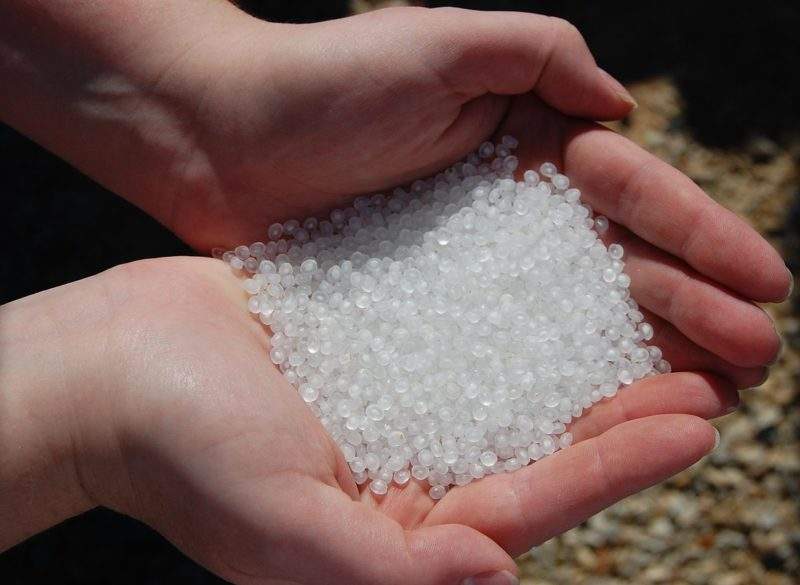Microplastics have been found in all corners of the Earth, from deep-sea sediments to Arctic ice and on Swiss mountains.
Now researchers from the Medical University of Vienna and the Environment Agency Austria have presented findings that show the presence of microplastics in human stools for the first time.
The study analysed eight people living in eight different countries in Europe, Japan and Russia.
Results showed that every single stool sample tested positive for the presence of microplastic, with an average of 20 microplastic particles per 10g of stool.
Up to nine different plastic types were identified, with polypropylene (PP) and polyethylene terephthalate (PET) being the most common.
Participants were asked to keep a food diary in the week leading up to submitting a sample.

US Tariffs are shifting - will you react or anticipate?
Don’t let policy changes catch you off guard. Stay proactive with real-time data and expert analysis.
By GlobalDataDiaries showed they were all exposed to plastics via food wrapping or by drinking from plastic bottles.
Microplastics are defined as pieces of plastic less than five millimetres long and come from larger pieces of plastic that have been broken down and from microbeads – tiny pieces of polyethylene plastic, which is widely used in beauty products.
Microplastic may impact human health via the gastrointestinal tract where it could affect the tolerance and immune response of the gut by bioaccumulation or aiding transmission of toxic chemicals and pathogens.
Plastic, not fantastic
Lead researcher Dr Philipp Schwabl commented: “This is the first study of its kind and confirms what we have long suspected, that plastics ultimately reach the human gut. Of particular concern is what this means to us, and especially patients with gastrointestinal diseases.”
“While the highest plastic concentrations in animal studies have been found in the gut, the smallest microplastic particles are capable of entering the bloodstream, lymphatic system and may even reach the liver. Now that we have first evidence for microplastics inside humans, we need further research to understand what this means for human health.”
Significant amounts of microplastic have been detected in tuna, lobster and shrimp, as many fish and other marine creatures consume the plastics, sometimes confusing them for food.
Beyond that it is highly likely that during various steps of food processing, or as a result of packaging, food is being contaminated with plastics.
Steps are being taken to stem the rising tide of plastic pollution, for instance by the banning microbeads in some jurisdictions.
The eight million tonnes of plastic dumped in the sea each year is also the target of campaigns, by the UN and others, mainly because of the dangers it poses to sea life.




